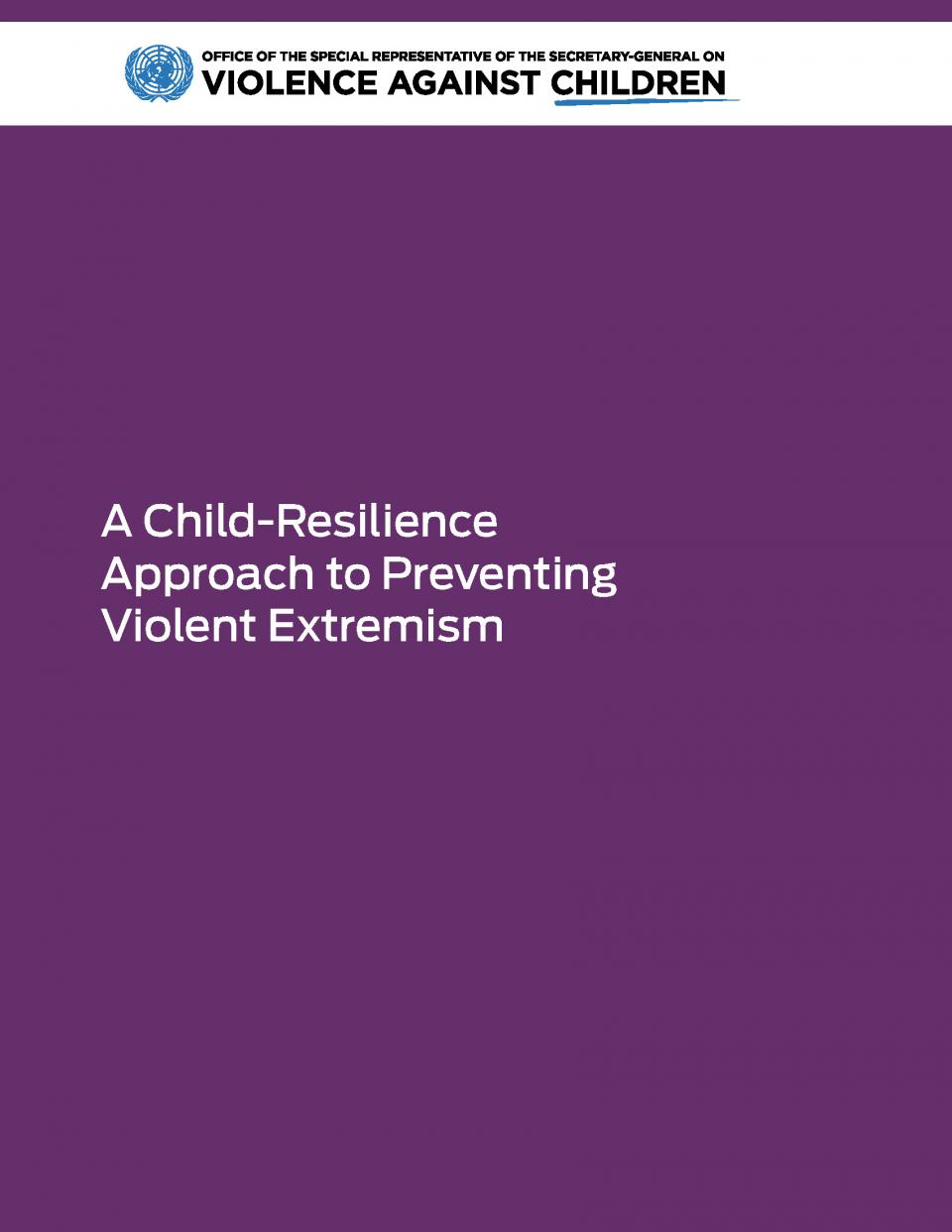- عربي
- 中文
- English
- Français
- Русский
- Español
A Child-Resilience Approach to Preventing Violent Extremism

The current discourse on violent extremism focuses largely on young adults, thereby overlooking key drivers, influences and causal pathways that are specific to children. These include children’s biological tendency towards risk taking and heightened vulnerability to polarized message content. It is also clear that when children become associated with violent extremist groups, this can reflect an age-specific psychological response to their surroundings or circumstances. For example, where children grow up being exposed to chronic marginalization, violence or social injustice, joining an extremist group can represent an act of agency, or a means to feel connected, assert power or exact revenge.
When these insights are applied to programing, a key message is the importance of children not entering adolescence with underdeveloped social bonds or socio-behavioural deficits. This is because regardless of why a child joins a violent group, once engaged, this pathway is rapid, unidirectional, often hidden, and highly resilient to interruption.
Download the publication

